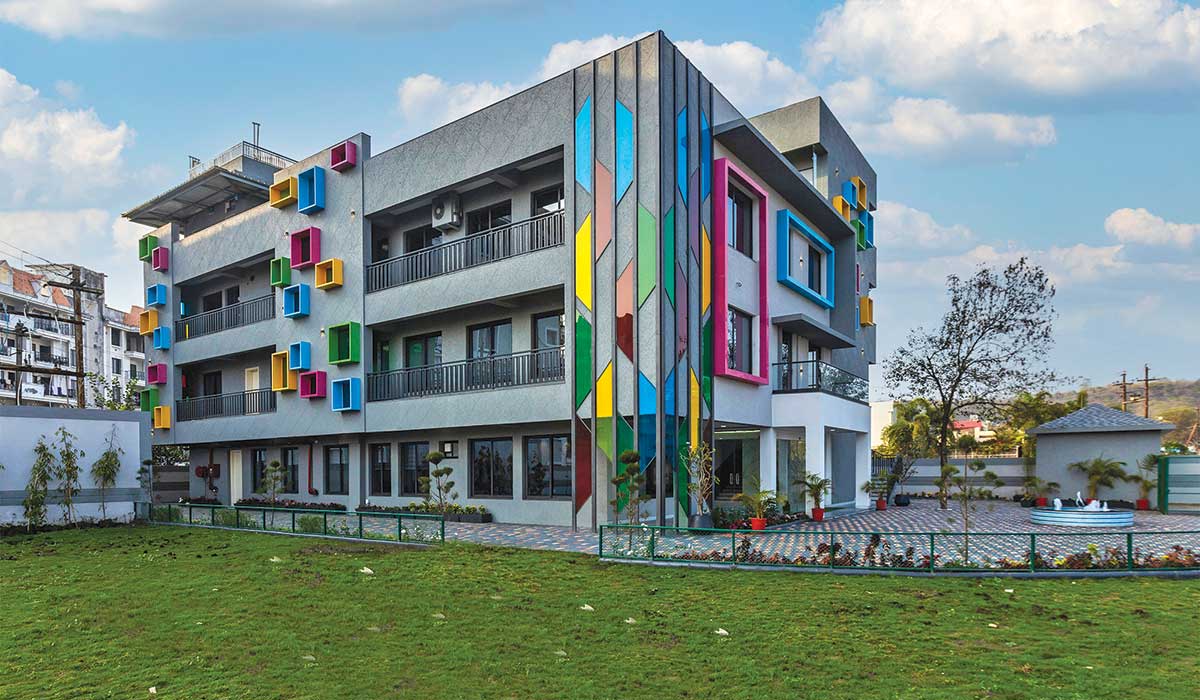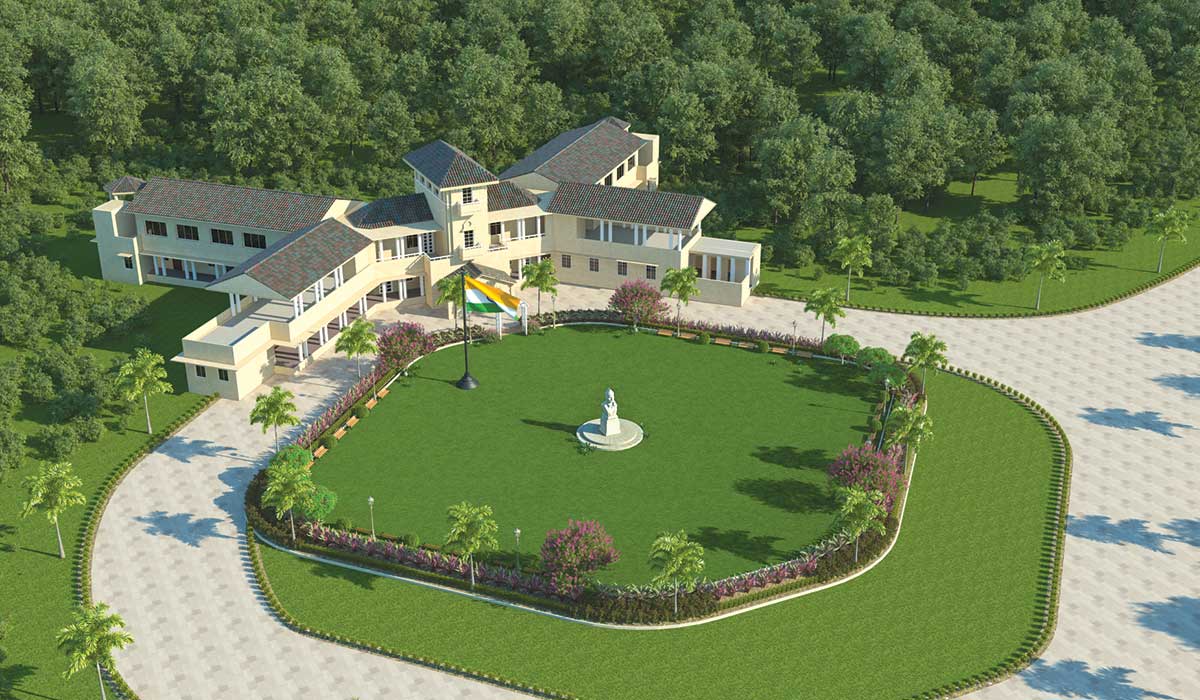
The dynamic landscape of Indian architecture presents a plethora of opportunities for innovation and adaptability. Architects are exploring alternative construction materials, such as bamboo and rammed earth, to address sustainability concerns and promote indigenous building techniques. Additionally, there is a growing focus on adaptive reuse and renovation projects, breathing new life into old structures while minimizing environmental impact. Furthermore, advancements in digital fabrication technologies are revolutionizing the way buildings are designed and constructed, enabling greater flexibility and customization.

The integration of building materials, technology, engineering, and architecture is driving advancements in quality, speed, and sustainability in construction. Architects are leveraging cutting-edge materials like engineered timber and recycled plastics to create innovative and eco-friendly structures.
The adoption of prefabrication and modular construction techniques is streamlining the building process, reducing construction time and waste generation. Advancements in structural engineering and computational design tools are enabling architects to push the boundaries of design, creating structurally efficient and visually stunning buildings.

Looking ahead, the future of architecture in India appears promising yet challenging. Architects will play a crucial role in designing cities that are livable, equitable, and environmentally sustainable. Moreover, advancements in digital technologies, such as artificial intelligence and machine learning, will further revolutionize the design process, allowing architects to generate and analyze complex design solutions more efficiently. However, to realize this vision, architects must embrace interdisciplinary collaboration, foster innovation, and prioritize the well-being of both people and the planet.















